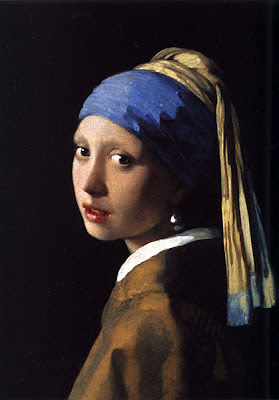_-_The_Girl_With_The_Pearl_Earring_(1665).jpg) |
Girl with a Pearl Earring Johannes Vermeer
|
We left off last week,
in Art and the Brain Part 1, addressing the concept of ambiguity in art. In researching
Semir Zeki’s ideas about this I found the following:
“One of the primordial functions of the brain is the acquisition of knowledge. The apparatus that it has evolved to do so is flexible enough to allow it to acquire knowledge about unambiguous conditions on the one hand (colour vision being a good example), and about situations that are capable of two or more interpretations, each one of which has equal validity with the others. However, in the latter instance, we can only be conscious of one interpretation at any given moment. The study of ambiguity thus gives us some insights into how activity at different stations of the brain can result in a micro-consciousness for an attribute, and also tell us something about interactions between different cerebral areas that result in several potential micro-conscious correlates, though only one predominates at any given time. Finally, the study of ambiguity also gives us insights into the neurological machinery that artists have tapped to create the ambiguity that is commonly a hallmark of great works of art.”
And what is this ambiguity? Zeki’s surprising clarification:
“It is this that led me to offer a neurological definition of ambiguity, namely it that it is not vagueness or uncertainty, but rather certainty, the certainty of different scenarios each one of which has equal validity with the others. There is no correct answer, because all answers are correct.
Schopenhauer wrote, ‘‘. . . through the work of art, everything must not be directly given to the senses, but rather only so much as is demanded to lead the fancy on to the right path. . . " Voltaire has very rightly said, ‘‘Le secret d’^etre ennuyeux, c’est de tout dire’’ [the secret of being boring is to tell everything]. But besides this, in art the best of all is too spiritual to be given directly to the senses; it must be born in the imagination of the beholder, although begotten by the work of art. It depends upon this that the sketches of great masters often effect more than their finished pictures.’’
In other words, artists might allow the viewer to “finish the image”. As in the above Vermeer painting - often cited by Zeki as an example - give viewers the opportunity to have their own experience and draw their own conclusions. Is she turning towards us, or turning away? About to smile, or just stopping smiling?
The question for the artist wishing to provide this for the viewer might then become, how to decide what is enough information, where to draw the line on definition, what level of contrast indicates ambiguity, the nuances of vagueness? Does it come down to intuition, trial and error, experience?What are your thoughts? Do you think ambiguity is essential? If so, do you think this is a cultural leaning, or something inherited through nature?




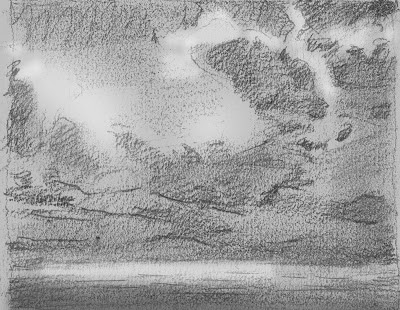
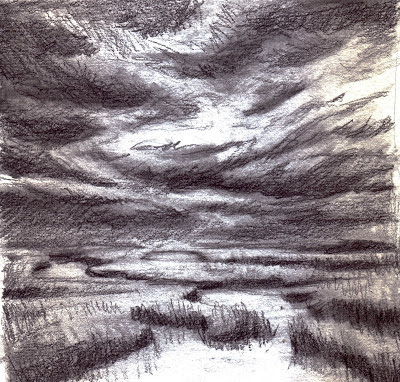

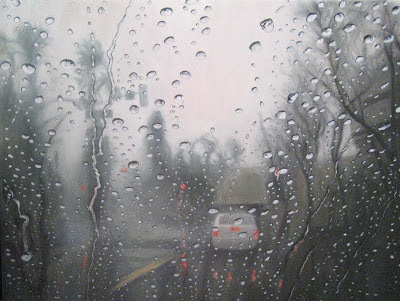













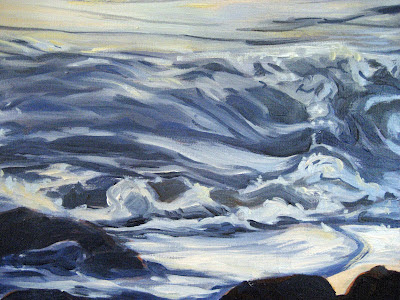



_-_The_Girl_With_The_Pearl_Earring_(1665).jpg)










